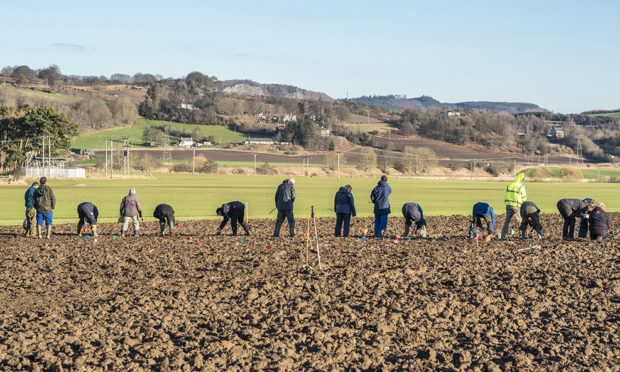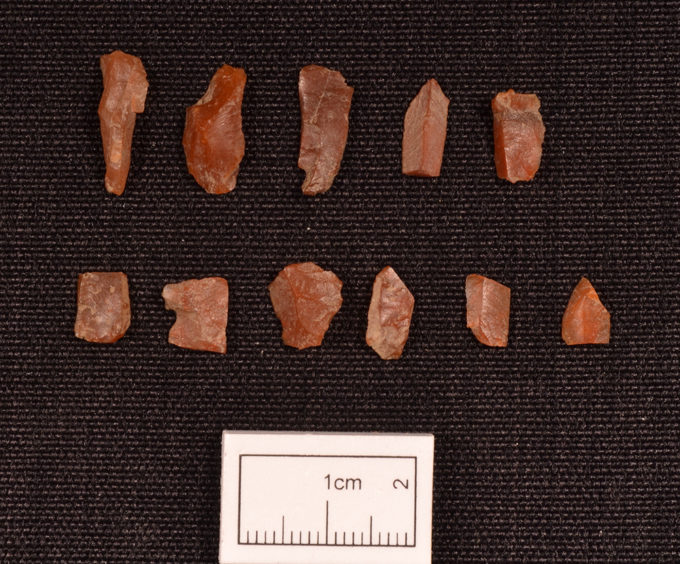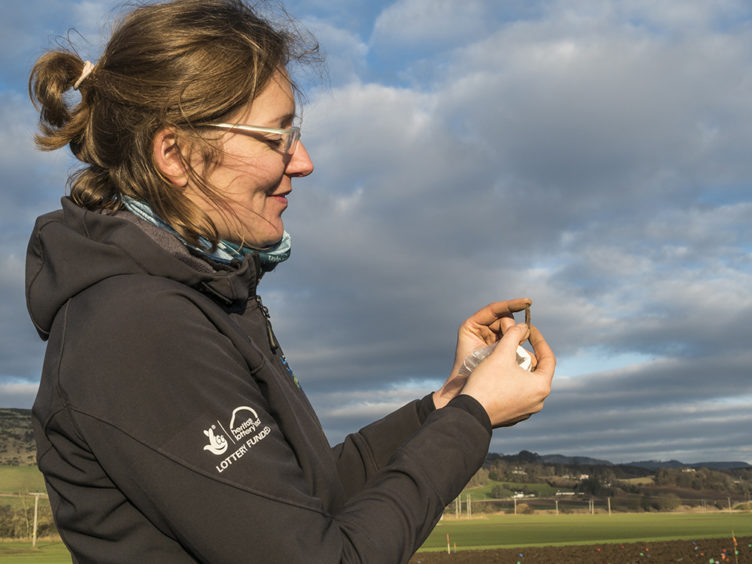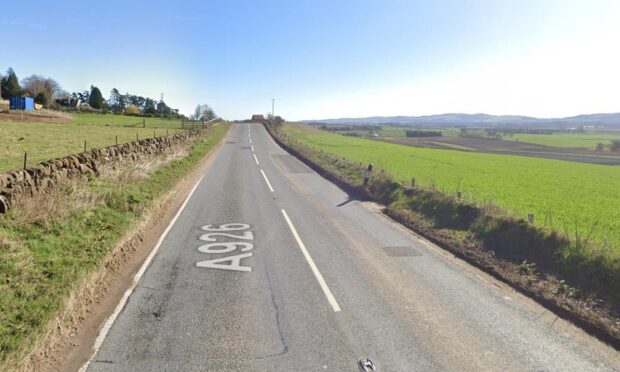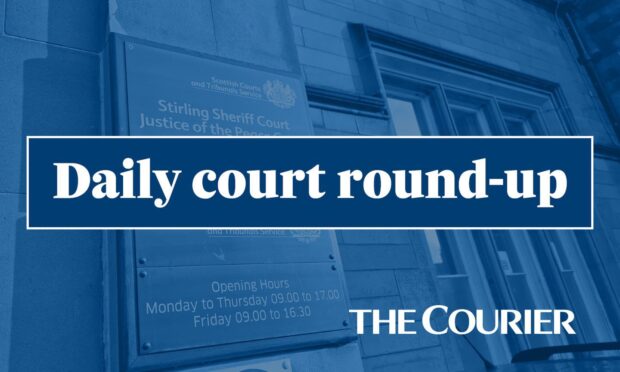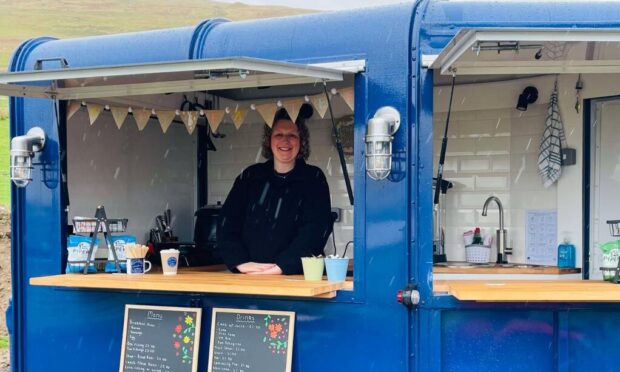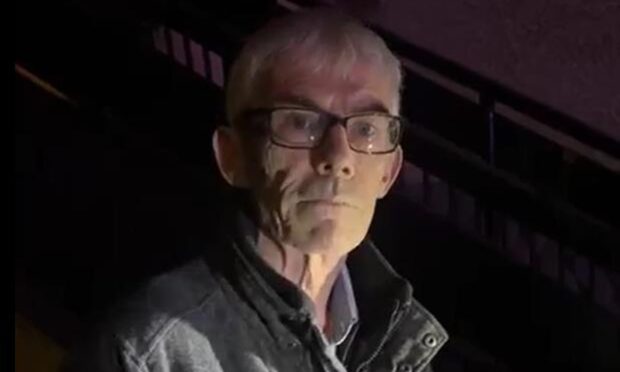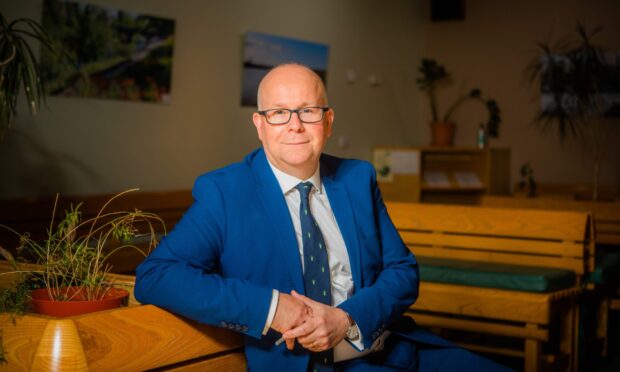A hidden haul of ancient hunting tools has been unearthed at a Perthshire farm.
The discovery of more than 700 pieces, some up to 12,000 years old, has helped shed new light on how some of Scotland’s earliest communities lived.
Archaeologists began a hunt for evidence of Mesolithic settlements at Freeland Farm, south of Perth, in winter 2014.
Having worked on the fields over three consecutive seasons, the team has now published its findings.
The pieces found on the farm date from between 9,800BC and 4,000BC, and are made of local carnelian stone.
The vast scale of the discovery suggests that the riverside site was home to several small settlements. The tools were used for hunting and skinning animals, as well as making food, clothing, bedding and tents.
It is thought the distinctive brown colour of the stone material may have also helped define the local population’s identity.
Archaeologist Torben Ballin, who co-authored a report on the find, said: “It is difficult to say how the Mesolithic people of Freeland Farm perceived their carnelian, but it is likely that the brown colour had a special meaning to them, for example as a means of identifying themselves as belonging to a specific social group.”
He said: “They may have seen themselves, and been seen by hunter-gatherer groups in neighbouring territrories, as ‘those with brown tool kits’ – just like people on Arran may have seen themselves as ‘those with black tool kits’ and people on Rhum as ‘those with green tool kits’.”
The three-year project followed on from research by Dundee University, which identified likely fishing and hunting grounds close to Bridge of Earn.
Sophie Nicol, Historic Environment Manager for the Perth and Kinross Heritage Trust (PKHT), said: “A number of fields around the Tay estuary were investigated by volunteers through fieldwalking.
“Of these, the fields at Freeland Farm yielded the numerically largest lithic assemblage – 707 pieces – and offered the greatest potential to shed light on the late Mesolithic of the Tay estuary.”
The report has been dedicated to the memory of dedicated PKHT member Tony Simpson, who died in February.
The trust said the discovery was highly significant, because there are very few Mesolithic sites in the Perth and Kinross patch.
PKHT will offer further insight into the area’s earliest settlers at a regional archaeology conference at Perth’s Station Hotel on Friday, August 30. Tickets for the free event can be booked at eventbrite.co.uk
